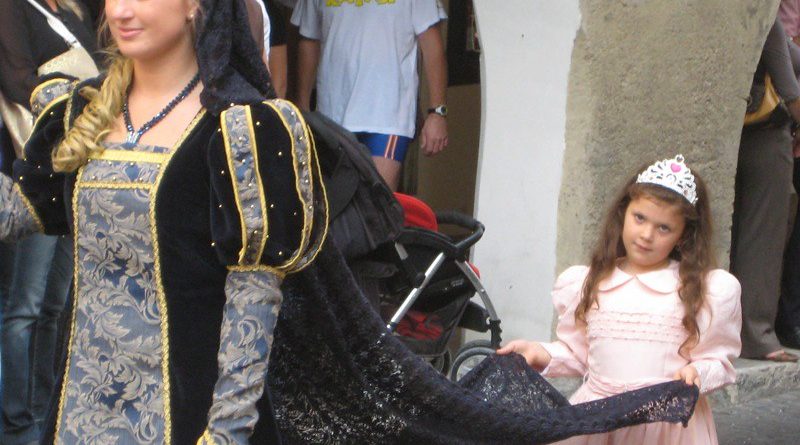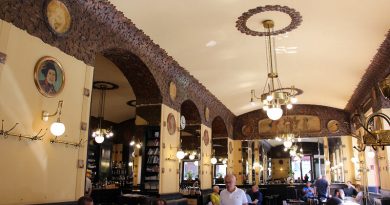Arrival of the Queen of Cyprus: Palio Asolo
Festival Essentials
Where: Asolo, Veneto, near Venice, Northern Italy
When: 3rd Sunday every September
What happens: Chariot race with six competing teams commemorating the 1489 arrival of Caterina Cornaro – Cypriot queen, poisoner and villainess
Remember to bring: A Medieval costume
Background to Asolo
The old walled hill town of Asolo – often known as the town of ‘one hundred horizons’ – was the consolation prize given in 1489 to Queen Caterina Cornaro by Venice after demanding her abdication from the throne of Cyprus. It could have been worse – Asolo is one of the most enchanting spots in Italy and the jewel of the Veneto region. It was also a beloved retreat of poet Robert Browning and explorer Freya Stark lived and was buried here. Visitors to Asolo could be forgiven for thinking they had suddenly found themselves transported far inland toTuscany as the rustic town, with a tiny population of 8,000, nestles in beautiful rolling countryside.
What happens at the Palio Asolo?
The third Sunday of September sees the six differing factions of the town battling against one another in a bid to have their girl crowned queen. The competing teams are Villa Raspa, Ca’ Giupponi, Villa D’asolo, Pagnano (two teams), and Casella d’Asolo – with all members coming from the same area. The competition commemorates the arrival of Caterina Cornaroto the town on 11th October 1489, when she claimed the city as her own; the race retraces the route – 1,800 metres up to the top of the hill – she took when the town was presented to her. Caterina, however, was not a popular lady: she married the King of Cyprus and then poisoned him, thus securing the strategic island for Venice.
At the festival, participants dress in Medieval costumes and race brightly painted Roman-style chariots. It’s a serious competition with teams training for six months beforehand and the rules are stringent: the night before the race, the chariots are blessed by a priest and weighed (all must weigh 130 kilograms) before being locked up for the night. The wheel of the chariot must be similar to a roman wheel and no one can assist the teams during the race. Each team consists of eight runners – two groups of four – who swap over halfway along the route, pulling their female queen.
The winning queen is crowned in the town square at the finish: gold medals are awarded to the winning team and silver medals to all the other contestants, and festivities follow. The race has been taking place since 1990 and the record completion time is 8 minutes and 45 seconds.
By Nicole Dudley




